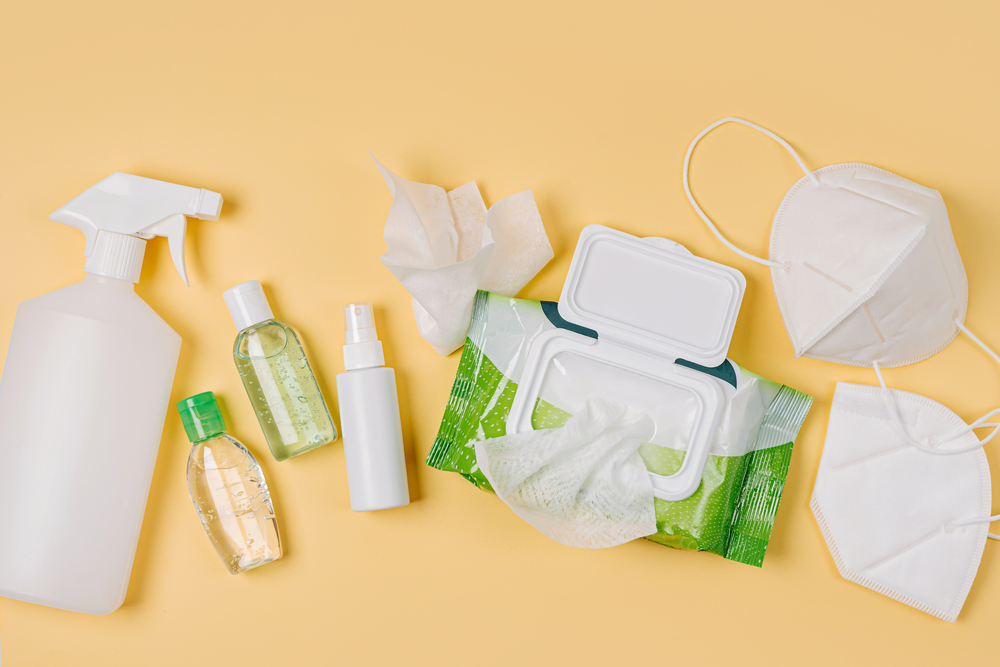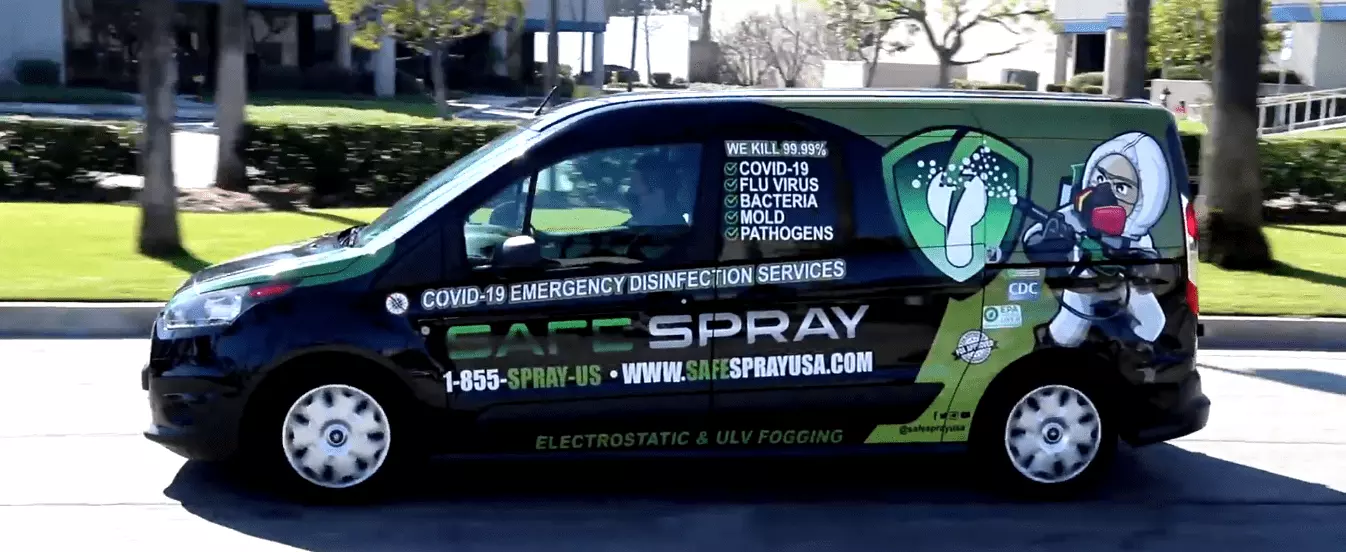Get a Free Estimate
Your information will not be shared. Safe Spray will send you a custom estimate.

Does your cleaning routine really keep pathogens at bay? To stay well, you should be informed. Safe Spray has answered some common questions about the differences in disinfectants and wants to share them with you.
Are Disinfectants Different From Sanitizers?
There is a difference between disinfectants and sanitizers, and if you want to kill germs, you should know what they are.
Sanitizers
Sanitizing is the act of cleaning a surface, so a sanitizer is simply a cleaning solution. It may come in the same type of bottle, but it does not disinfect.
Disinfectants
Disinfecting, on the other hand, means eliminating 99.9% of the pathogens on a surface, so if you want to rid your home of germs, make sure your container plainly states “disinfects” and “kills 99.9% of germs.”
Is There More Than One Type of Disinfectant?
There are various types of disinfectants, and they work differently. Two main types of disinfectants are alcohol and hydrogen peroxide, but there are others, like quaternary ammonium, peracetic acid, phenolic, sodium hypochlorite, and many more.
All of these disinfectants work to eliminate pathogens. What distinguishes them is the way they go about it. For instance:
Alcohol
Alcohol stops germs through the chemical process of denaturation. The molecules of the alcohol bond with the fat membranes that house viruses or bacteria cells. The fat membranes break down, and as they do, the inner cells and the entirety of their crucial components are exposed, killing them.
Hydrogen Peroxide
Hydrogen peroxide, on the other hand, attacks bacteria by the process of oxidation. The hydrogen peroxide’s oxygen atoms are reactive, so much so that they thieve the bacteria’s electrons wreaking havoc on its cell walls and killing it.
Because they eliminate pathogens in unique ways, every disinfectant doesn’t work well on every pathogen. You may need to use a different disinfectant on the coronavirus family of viruses than on staphylococci or streptococci bacteria.
You can use this list from the EPA to figure out which disinfectant or combination of disinfectants will work for the bacteria or viruses you are trying to eliminate. You should also be careful to use them at the correct concentrations.
Are There Any Differences Between Lysol and Clorox?
Lysol is different from Clorox, but not to a great extent. There is something called ‘dwell time,’ which is what is important.
Dwell time is the time a surface has to be wet with a disinfectant to kill a pathogen. Various disinfectants have different dwell times for different pathogens.
Lysol
Lysol contains the active ingredient, benzalkonium chloride, and its dwell time is 3 minutes to kill SARS-CoV-2.
Clorox
Clorox contains the active ingredient, sodium hypochlorite, and its dwell time is 1 minute to kill SARS-CoV-2.
Dwell times can generally be found on the back of the disinfectant container.
Do you need help disinfecting your space? Safe Spray employs people that care about doing a stellar job for Safe Spray clients. Contact our professionals for a Free Quote.

Get Your Free Quote Today!
We also offer a no obligation, free onsite service estimate.

 Get a free Consultation
Get a free Consultation